Timeline: Follow the history of Studebaker during its 111 years in South Bend
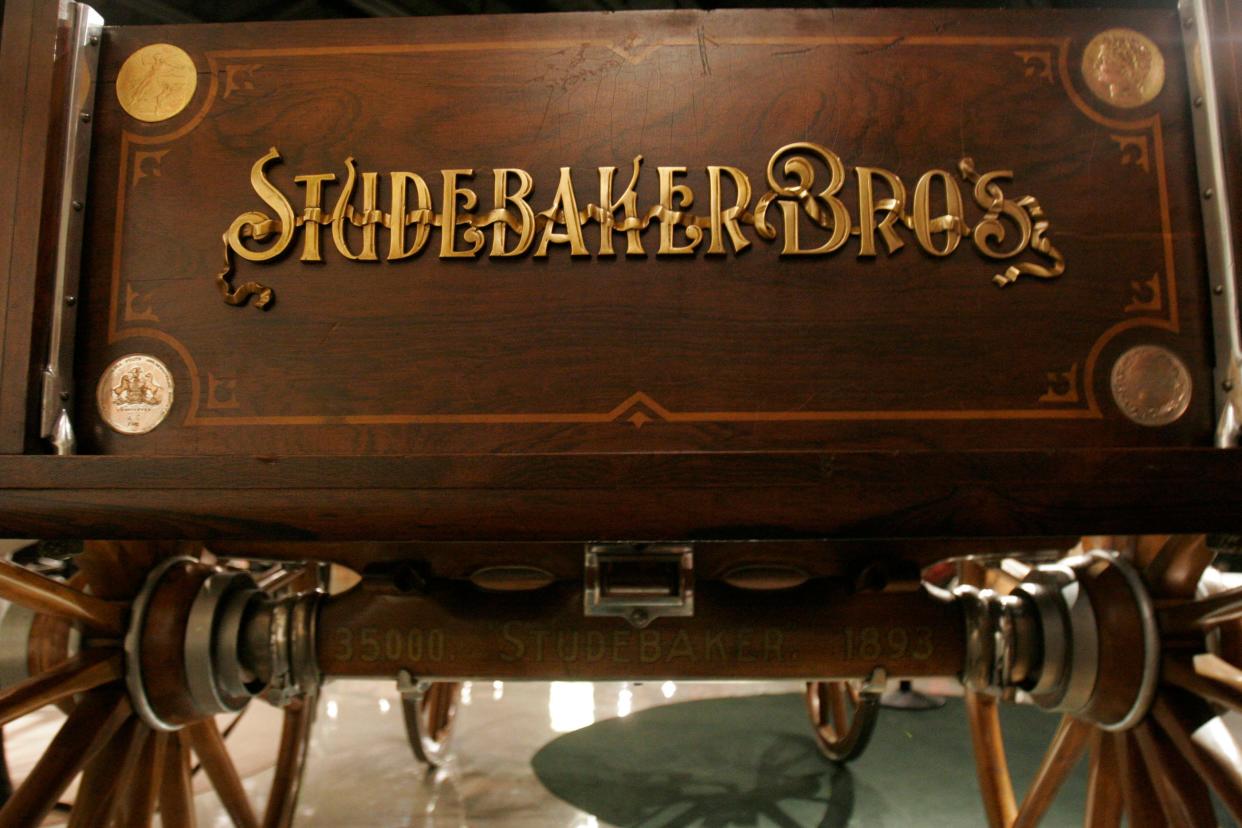
Editor's note: The majority of this timeline of the Studebaker Corp. originally appeared in The Tribune on May 5, 2017.
• 1820: John Clement Studebaker marries Rebecca Mohler, settles near Gettysburg, Pa., opens blacksmith and wood shop.
• 1850: Clement Studebaker, second of their five sons, moves to South Bend; rest of family follows a year later.
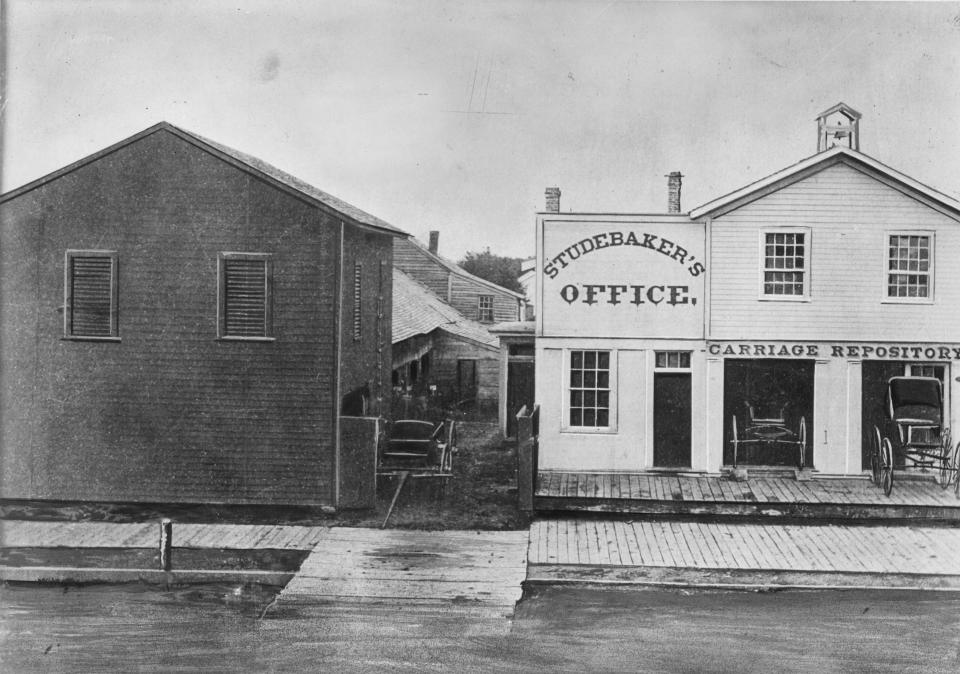
• 1852: Clem and brother Henry open blacksmith and wagon shop in South Bend with $68 capital.
• 1853: Brother John M. heads for California looking for gold, makes wheelbarrows for prospectors, returns in 1858 with $8,000, invests in struggling wagon works.
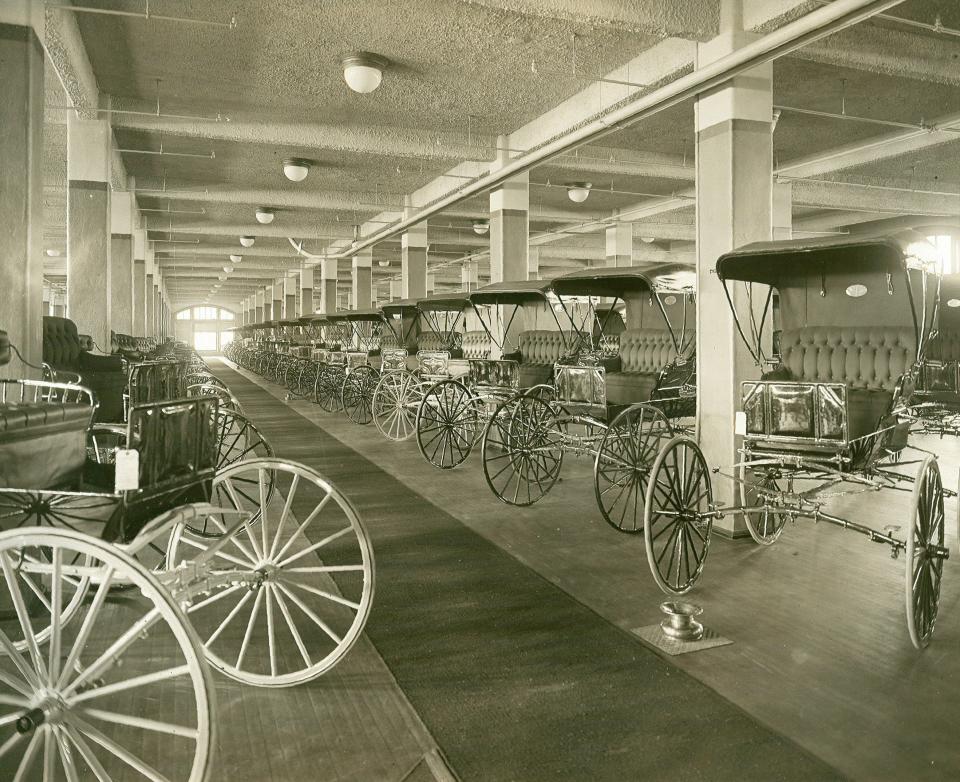
• 1861-65: Studebaker supplies wagons to the Union Army during Civil War.
• 1865: On April 14, President Abraham Lincoln travels to Ford's Theare in Washington, D.C. in a Studebaker carriage. He's shot during the performance of "Our American Cousin" and dies the next day.
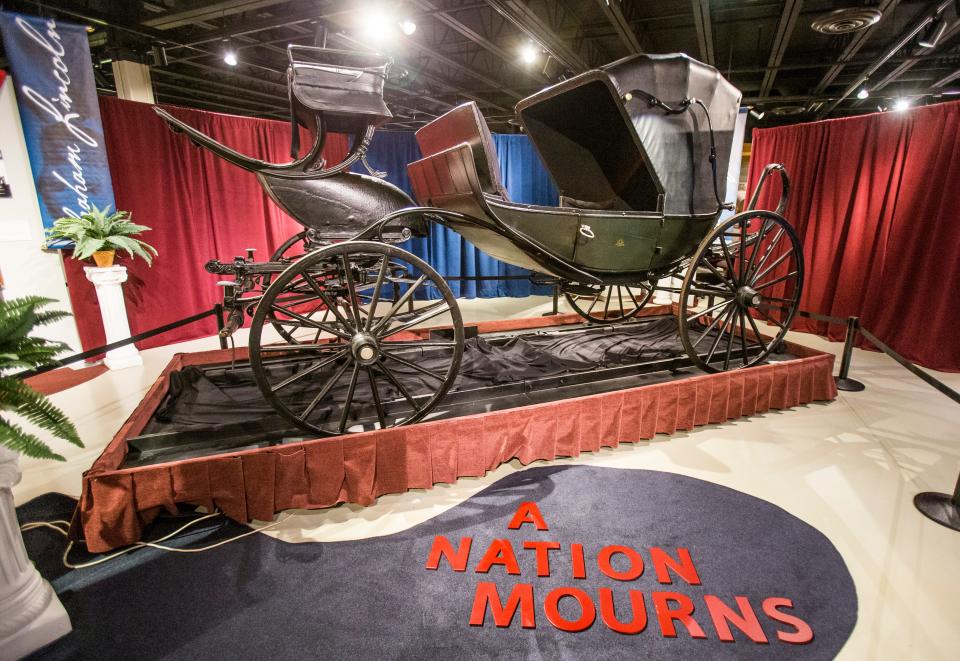
• 1868: Studebaker Bros. Manufacturing Co. incorporates.
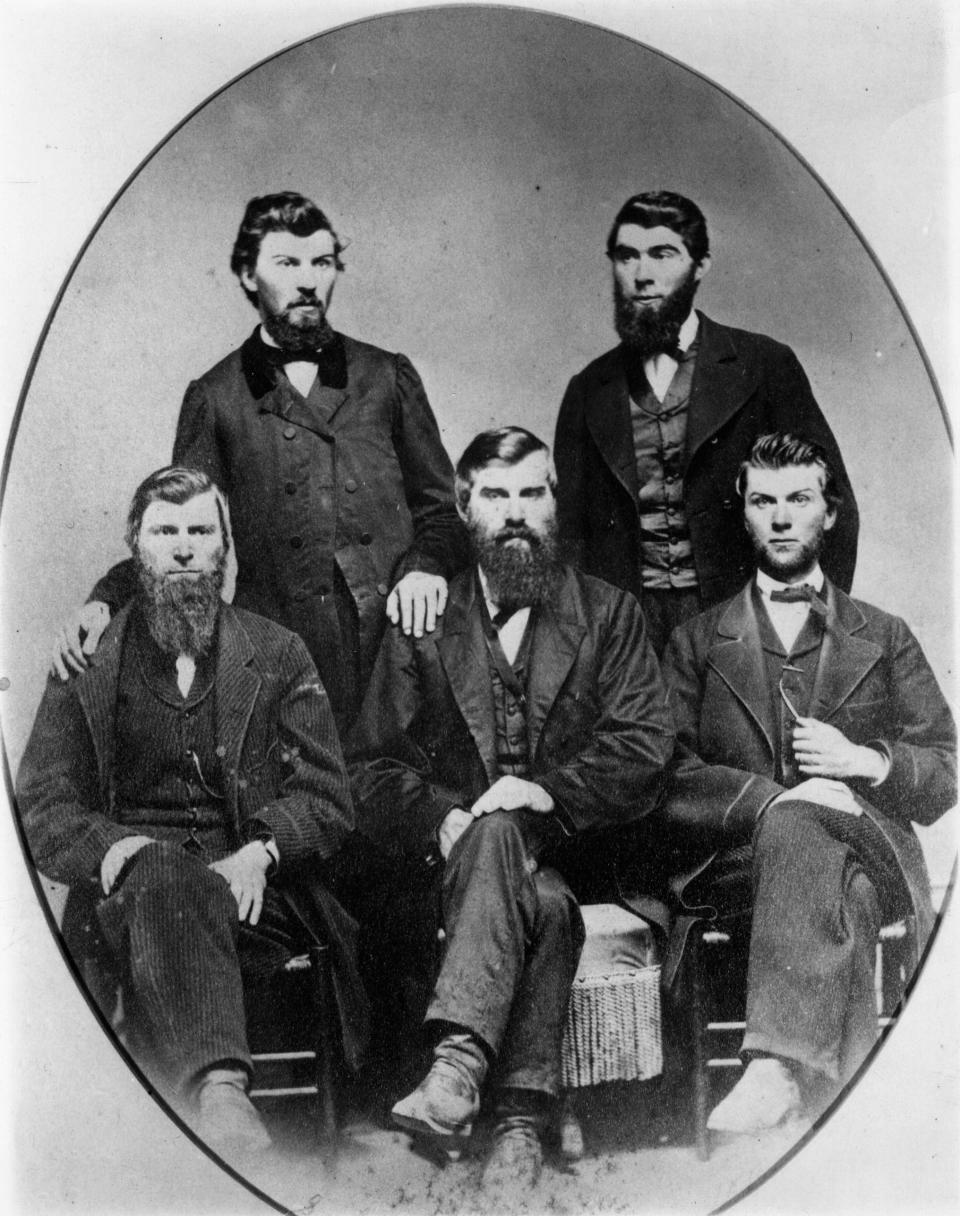
• 1874: Sales reach $1 million for first time; employment passes 500. Second major fire destroys plant.
• 1887: Clement Studebaker builds Tippecanoe Place mansion.
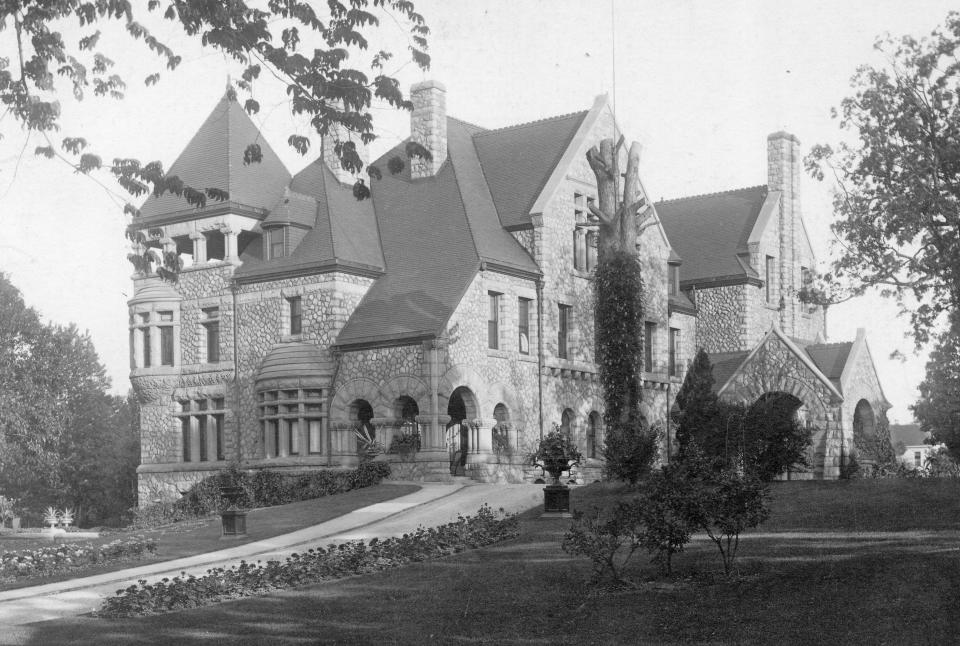
• 1902: First Studebaker electric car. At 50-year mark, employment at 2,500, wagon production tops 100,000, sales reach $4 million.
• 1904: First gasoline engine Studebaker, partially built in Ohio, goes on sale. Sales reach $4.8 million.
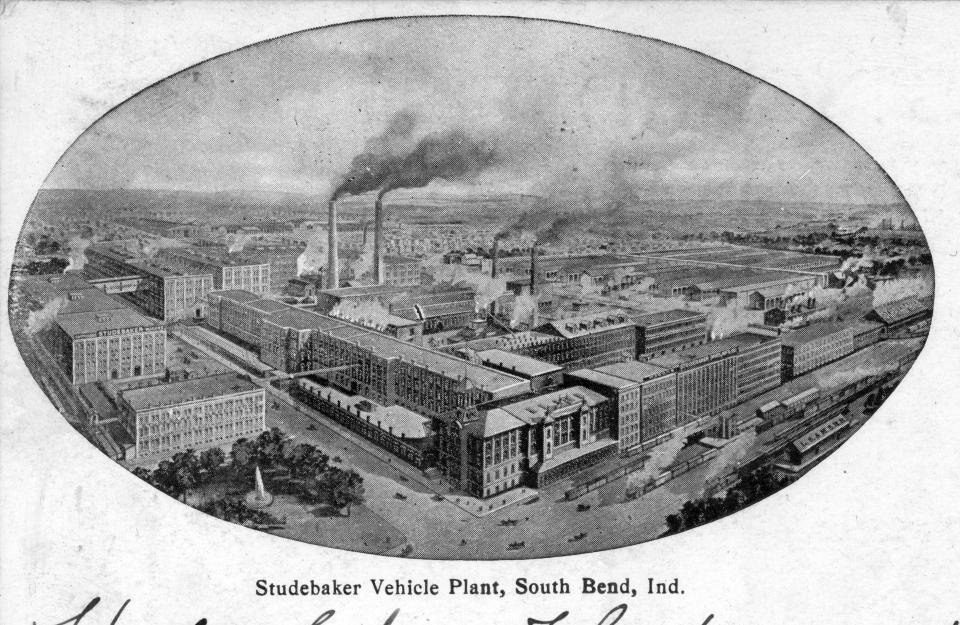
• 1911: Studebaker acquires Detroit Everett-Metzger-Flanders, reorganizes as Studebaker Corp., sells first common stock.
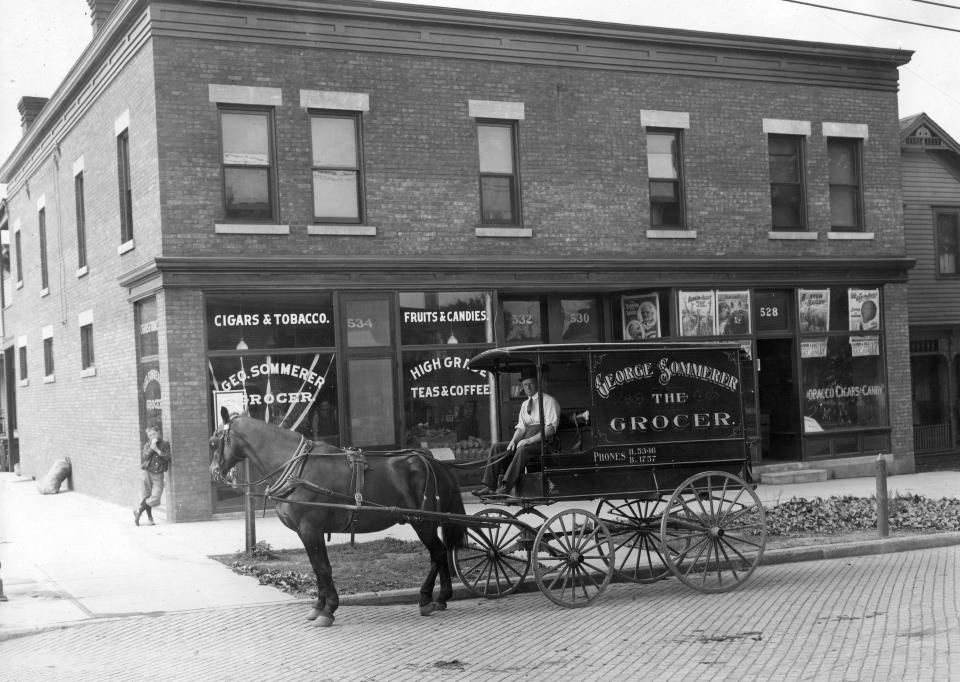
• 1914-18: Studebaker becomes major supplier to Allies during World War I. John M., last of the five brothers, dies in 1917.
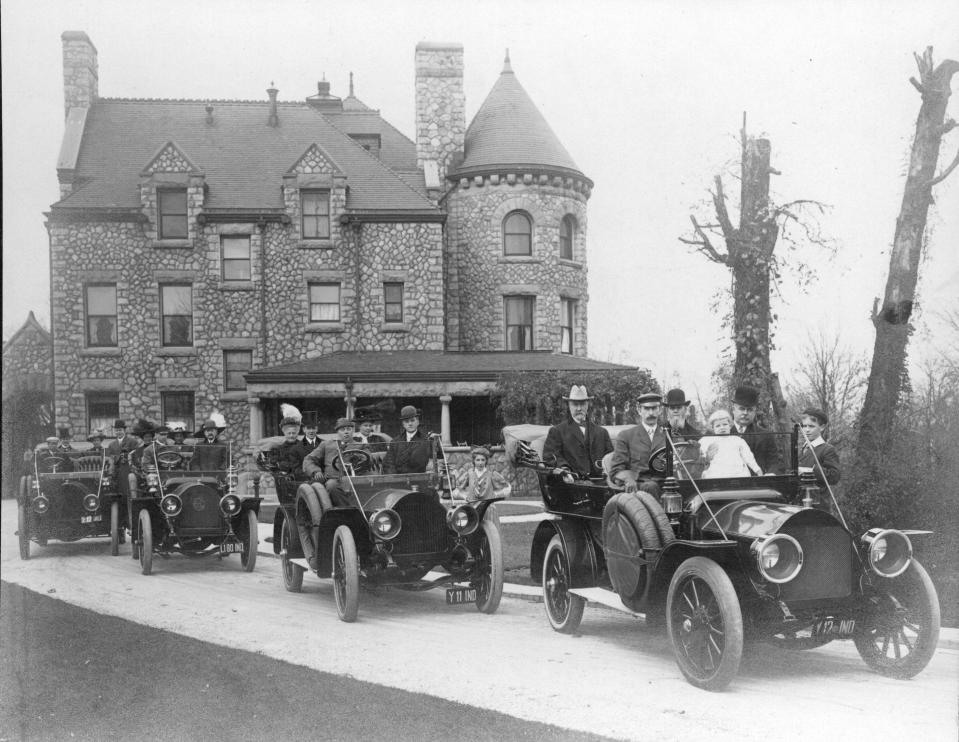
• 1920: Auto manufacturing moves from Detroit to South Bend. Last horse-drawn wagon produced.
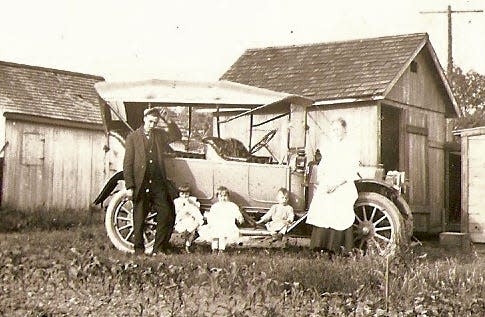
• 1933: Studebaker in voluntary receivership. Chief executive Albert R. Erskine commits suicide.
• 1935: Studebaker reorganizes, Paul G. Hoffman and Harold S. Vance take charge.
• 1942-45: Studebaker supplies thousands of trucks, bomber engines and all-terrain Weasels to the United States and Allies during World War II. Military sales total $1.2 billion.
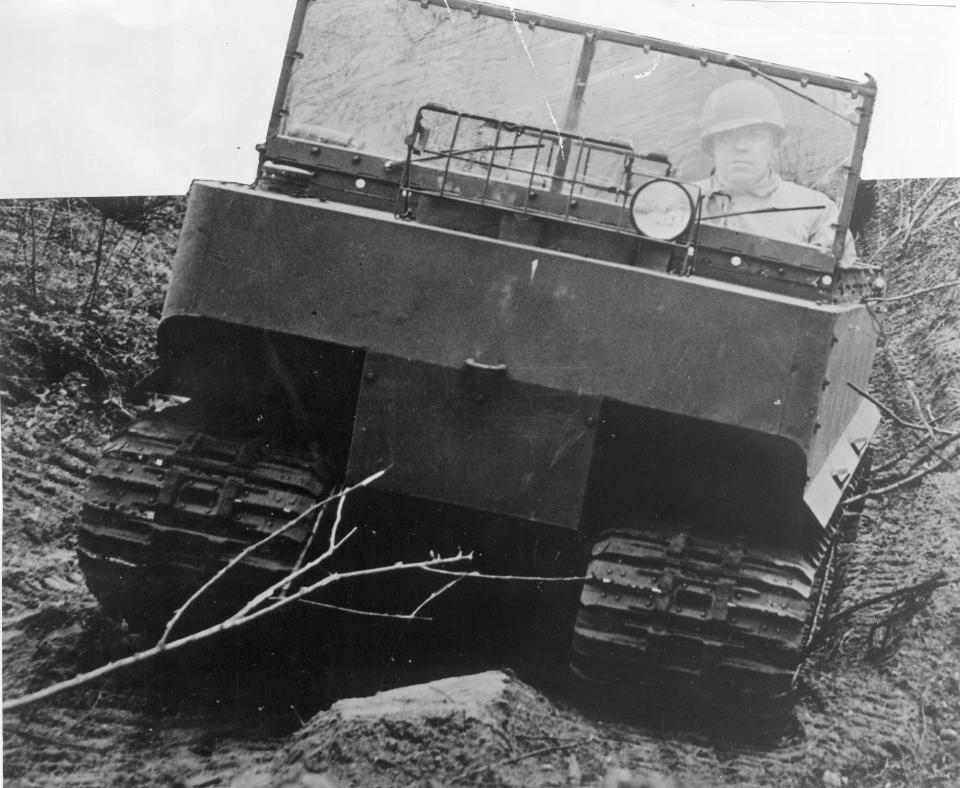
• 1951: $250 million Korean War truck contract. Sales set record $503 million. Employment at 22,000.
• 1952: Studebaker marks 100th anniversary. Auto plant in Brunswick, N.J., opens, produces jet engines when car sales fall.
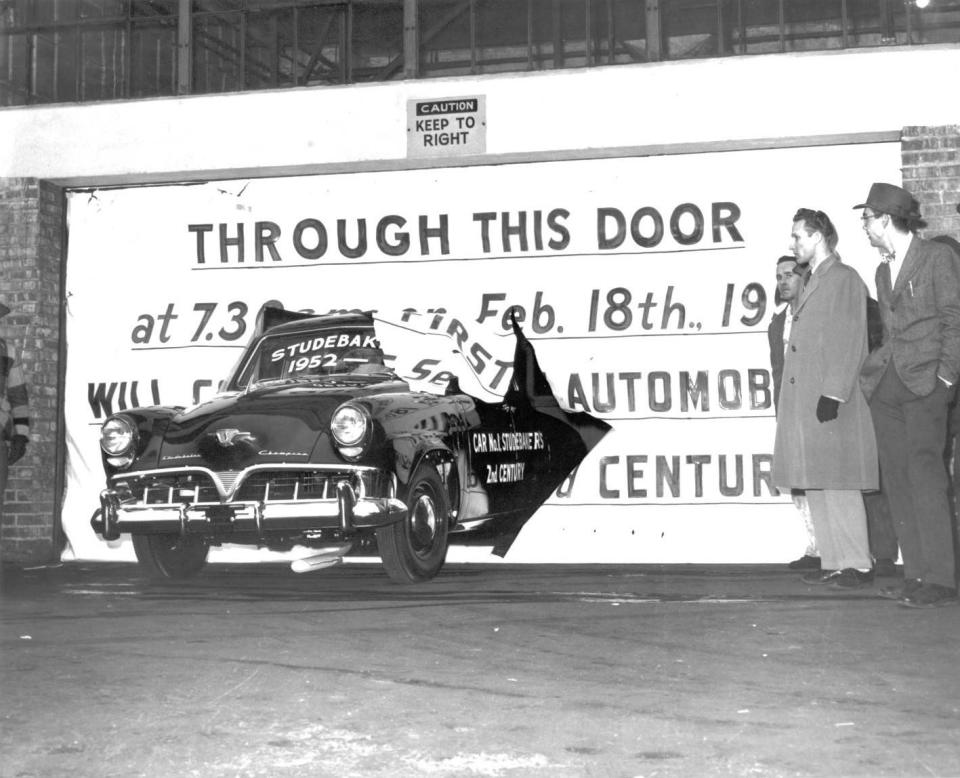
• 1954: Night shift eliminated, employment falls to 12,000. Studebaker merges with struggling Packard Motor Car Co. Loss at $26.2 million.
• 1955: Labor disputes force shutdown. Loss at $29.7 million; employment falls to 7,000.
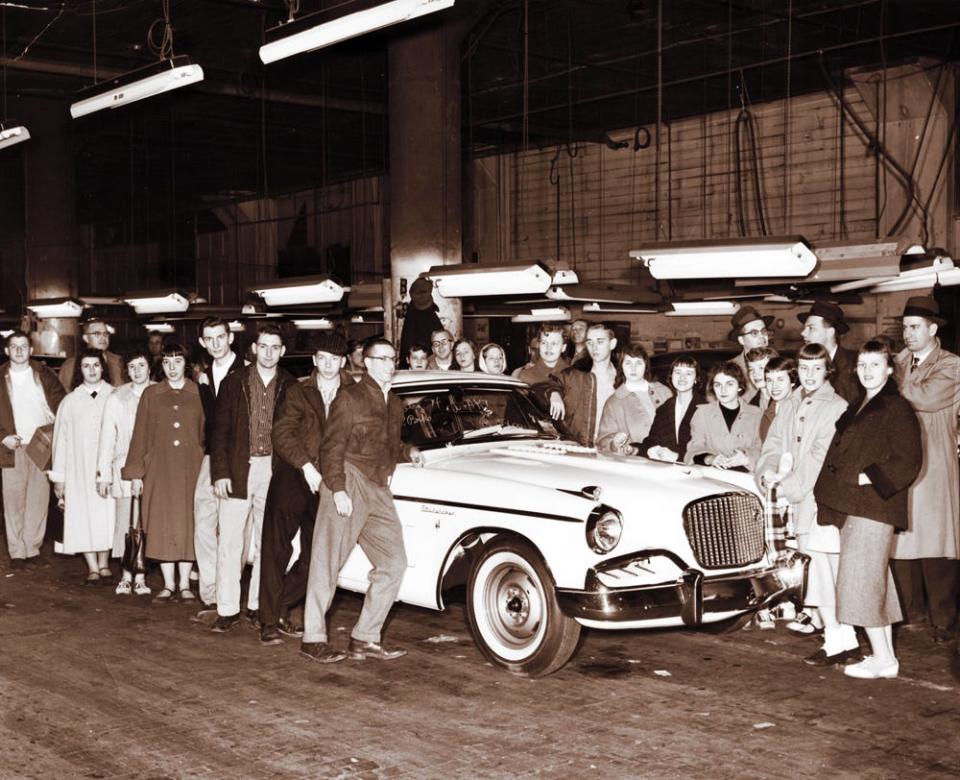
• 1958: Losses cut to $11.1 million, workers on four-day week. Packard production ends.
• 1959: Optimism returns to Studebaker as compact Lark arrives. Record profit of $28.5 million.
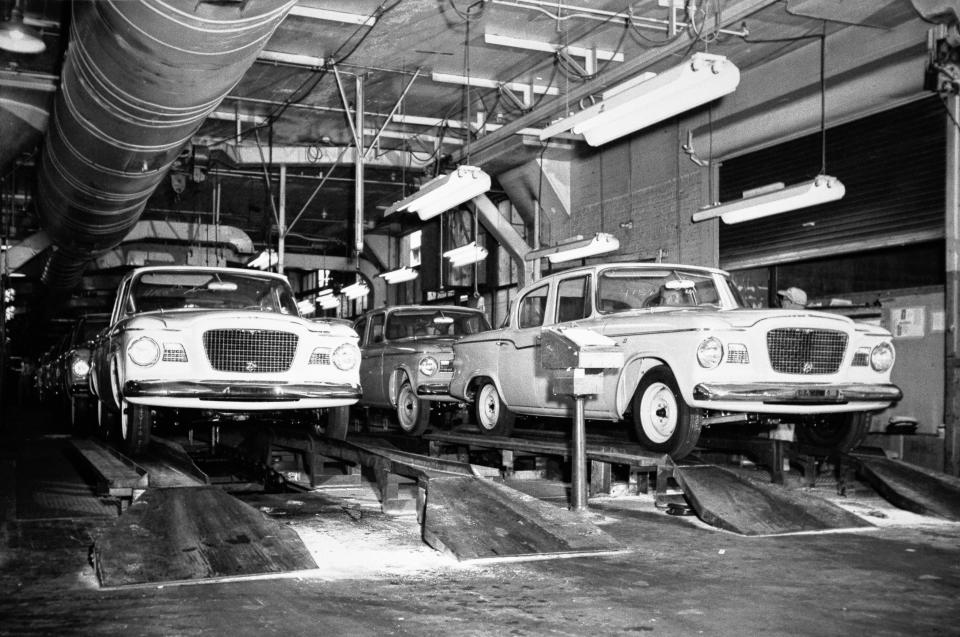
• 1960: Car and truck production suspended at midyear as sales slow. Sherwood H. Egbert elected president.
• 1961: Egbert hires Raymond Loewy to design Avanti and Brook Stevens to spruce up Lark and Hawk.
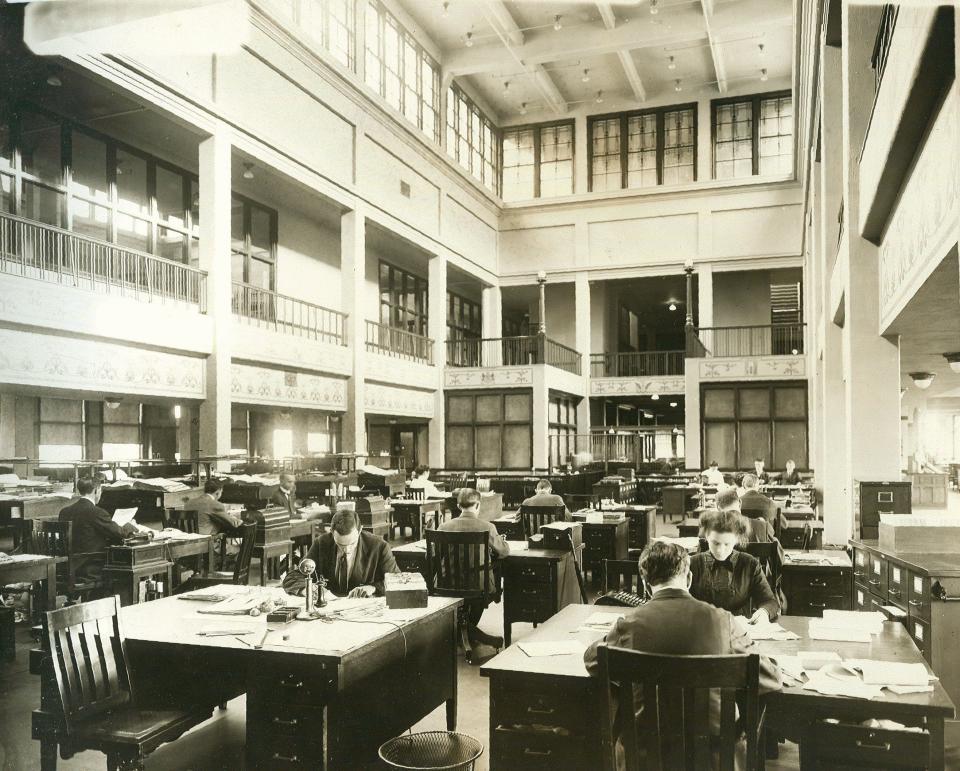
• 1962: Strike exacerbates labor-management bitterness. Production problems mar Avanti launch. Packard name dropped.
• 1963: Auto industry sales rise — except for Studebaker. Market share falls below 1 percent. Egbert, ill with cancer, resigns. Board of directors votes Dec. 9 to shutter South Bend plant, move auto production to Hamilton, Ontario.
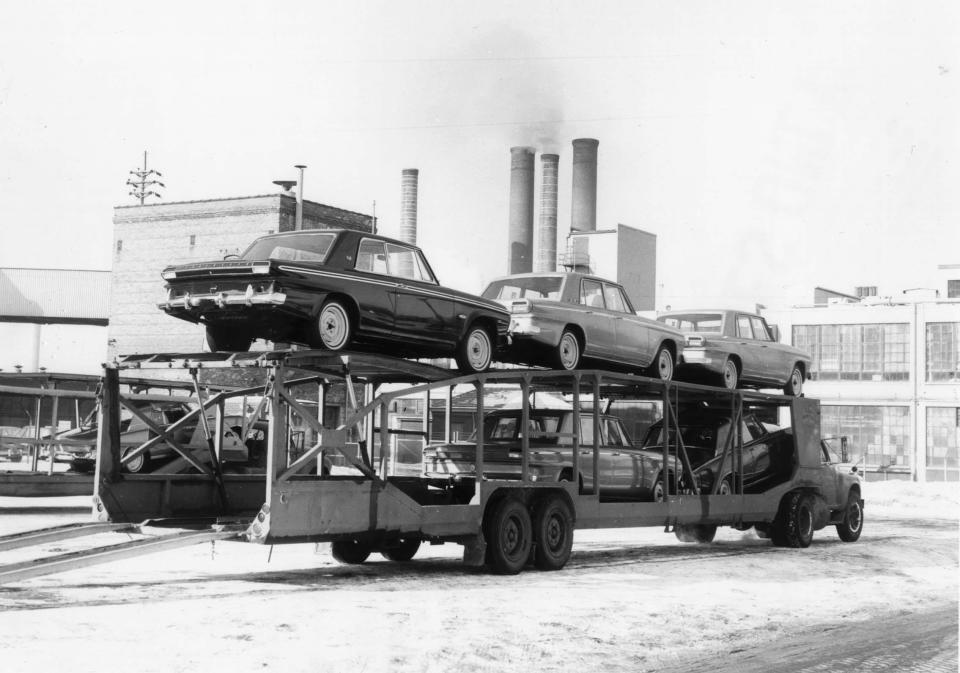
• 1966: Production in Hamilton ends. The company donates its collection of automobiles to the city of South Bend.
• 1979: McGraw-Edison acquires Studebaker-Worthington. Studebaker name disappears. Fozzie Bear drives a 1951 Studebaker Commander in the film "The Muppet Movie."
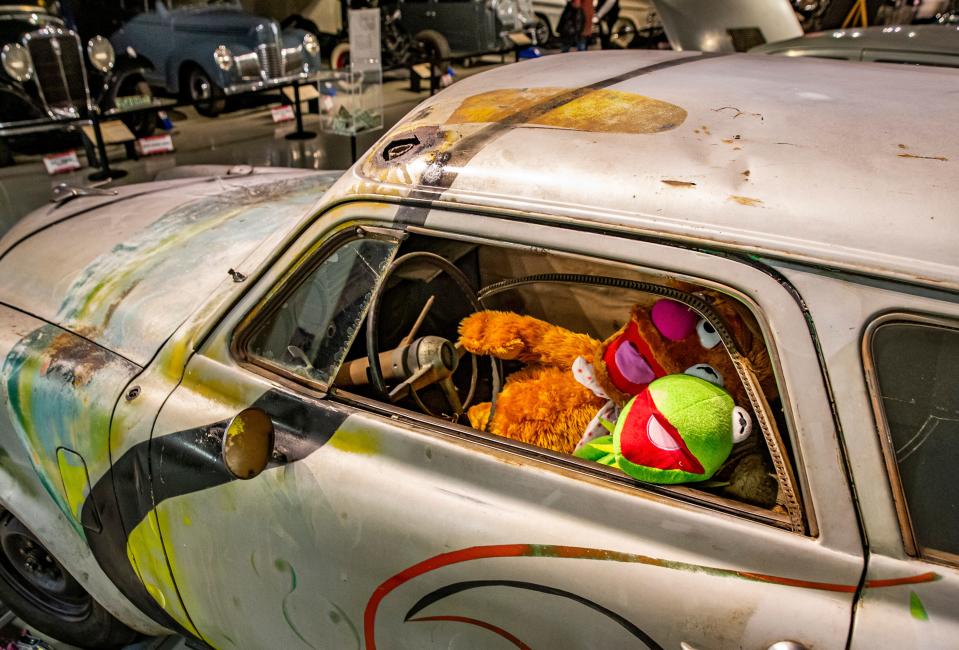
• 2005: Studebaker National Museum opens its new location on Chapin Street.
• 2013: South Bend marks 50 years since closing of Studebaker factory here.
Source: South Bend Tribune archives
This article originally appeared on South Bend Tribune: Timeline shows the history of Studebaker

